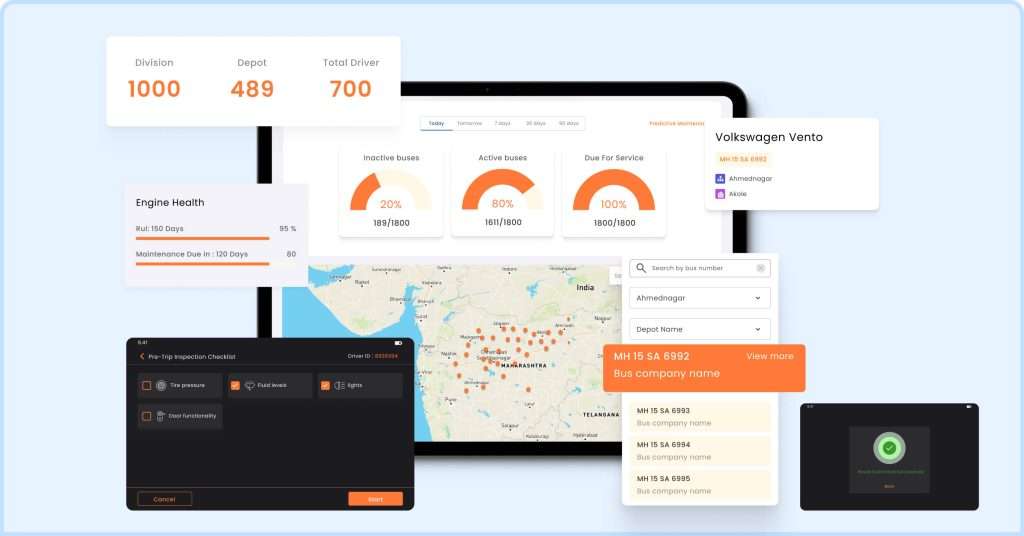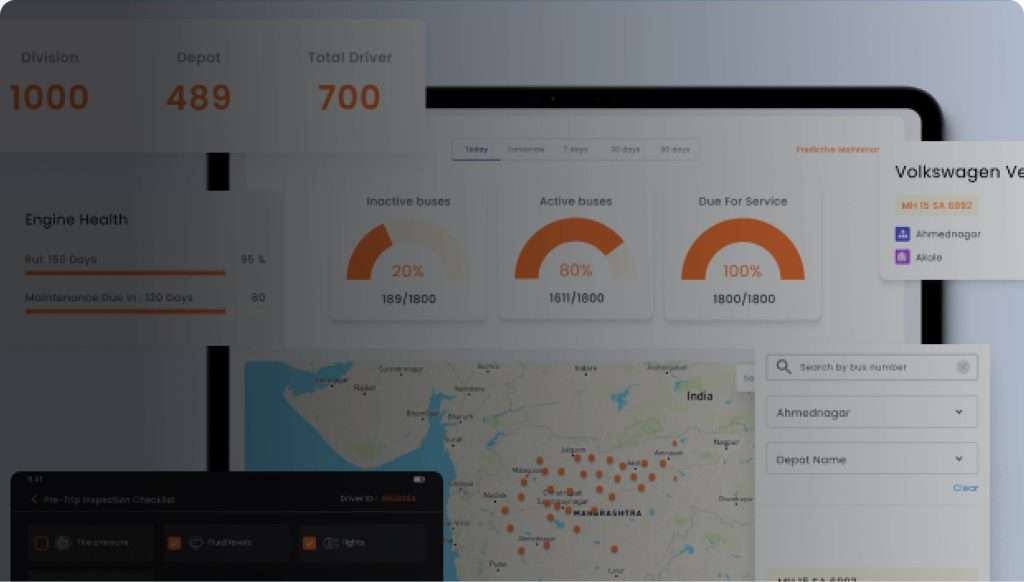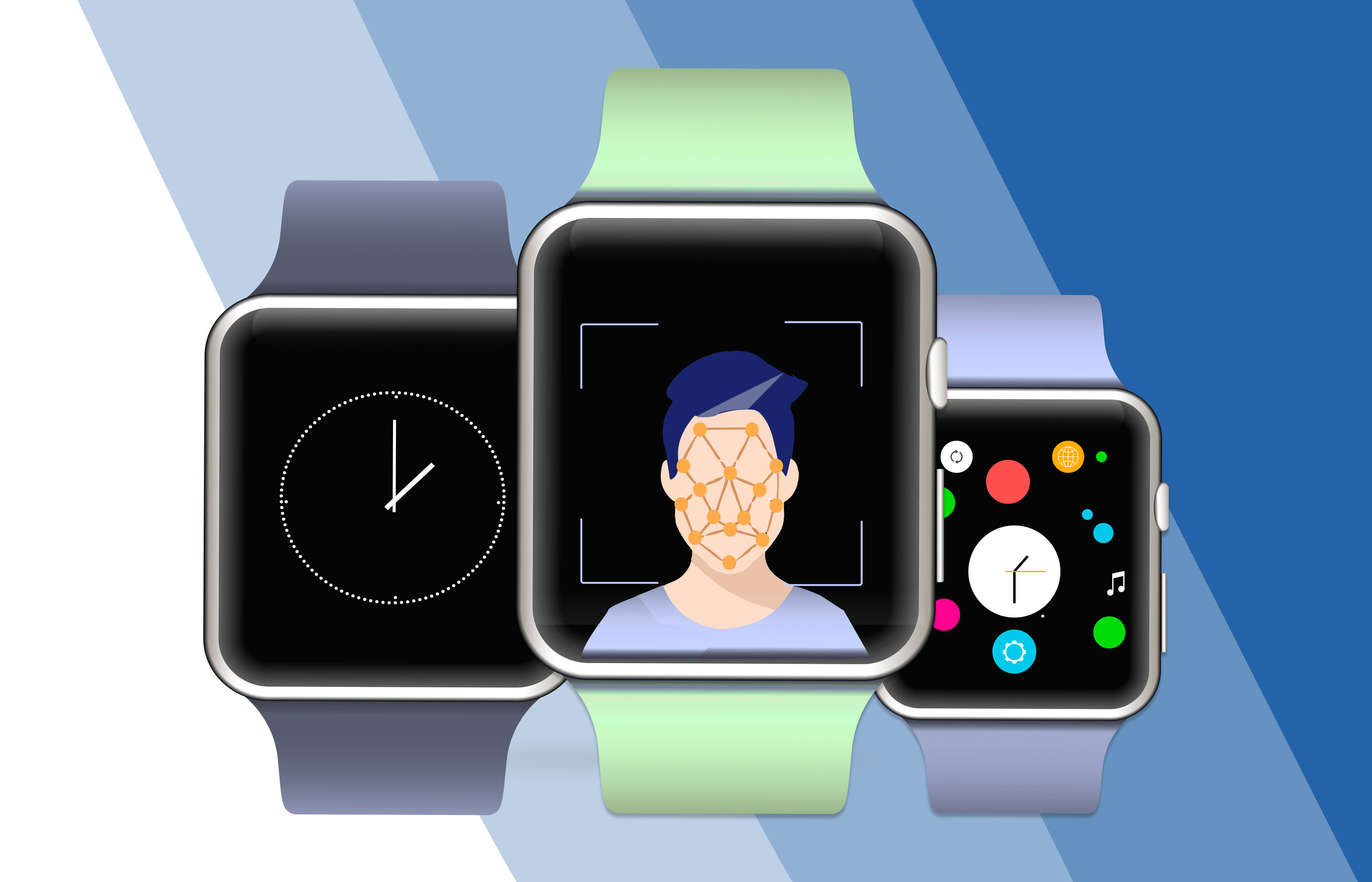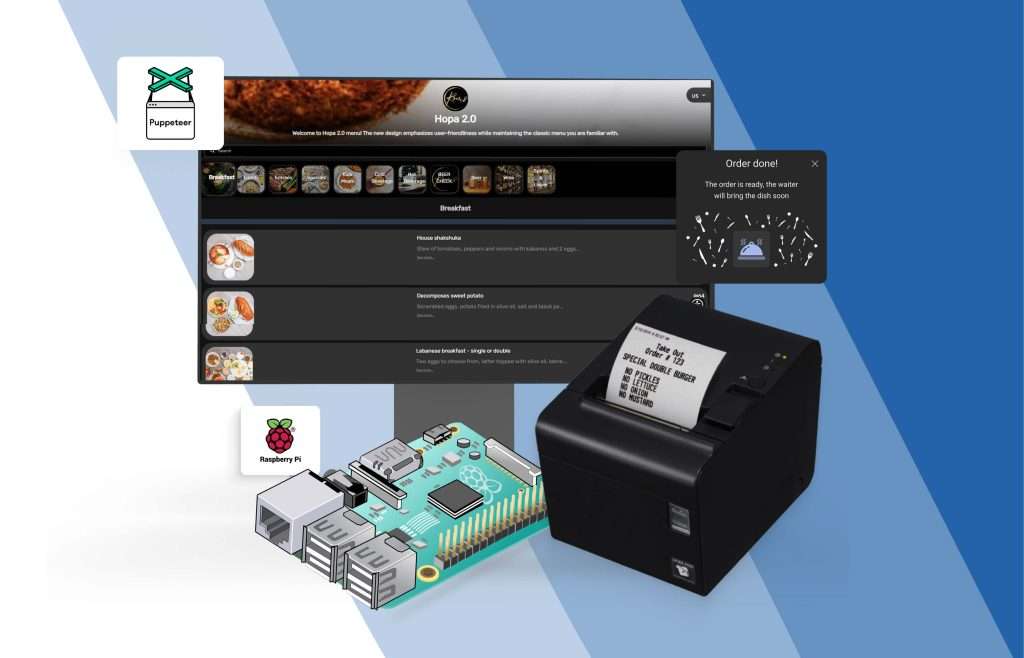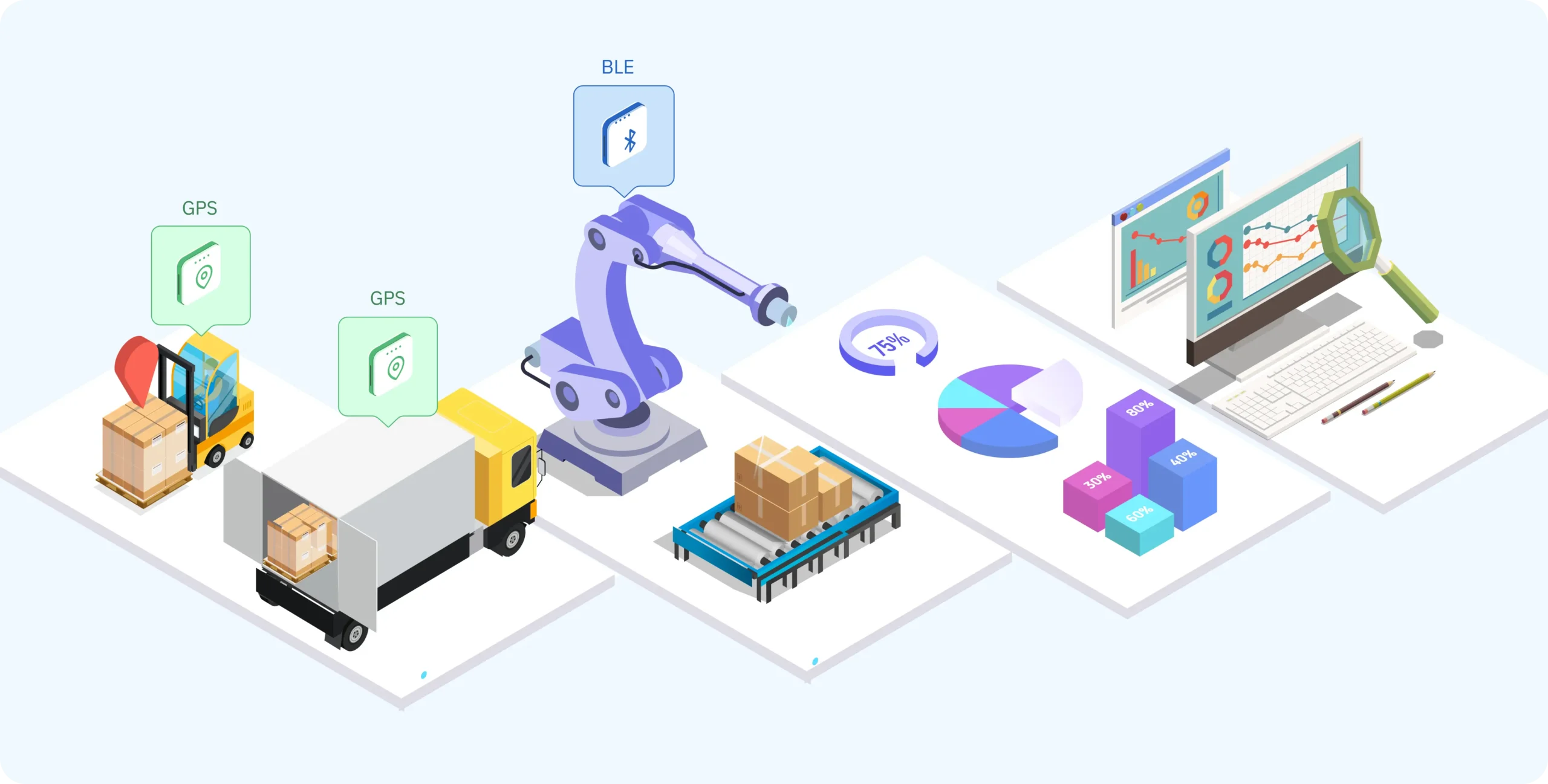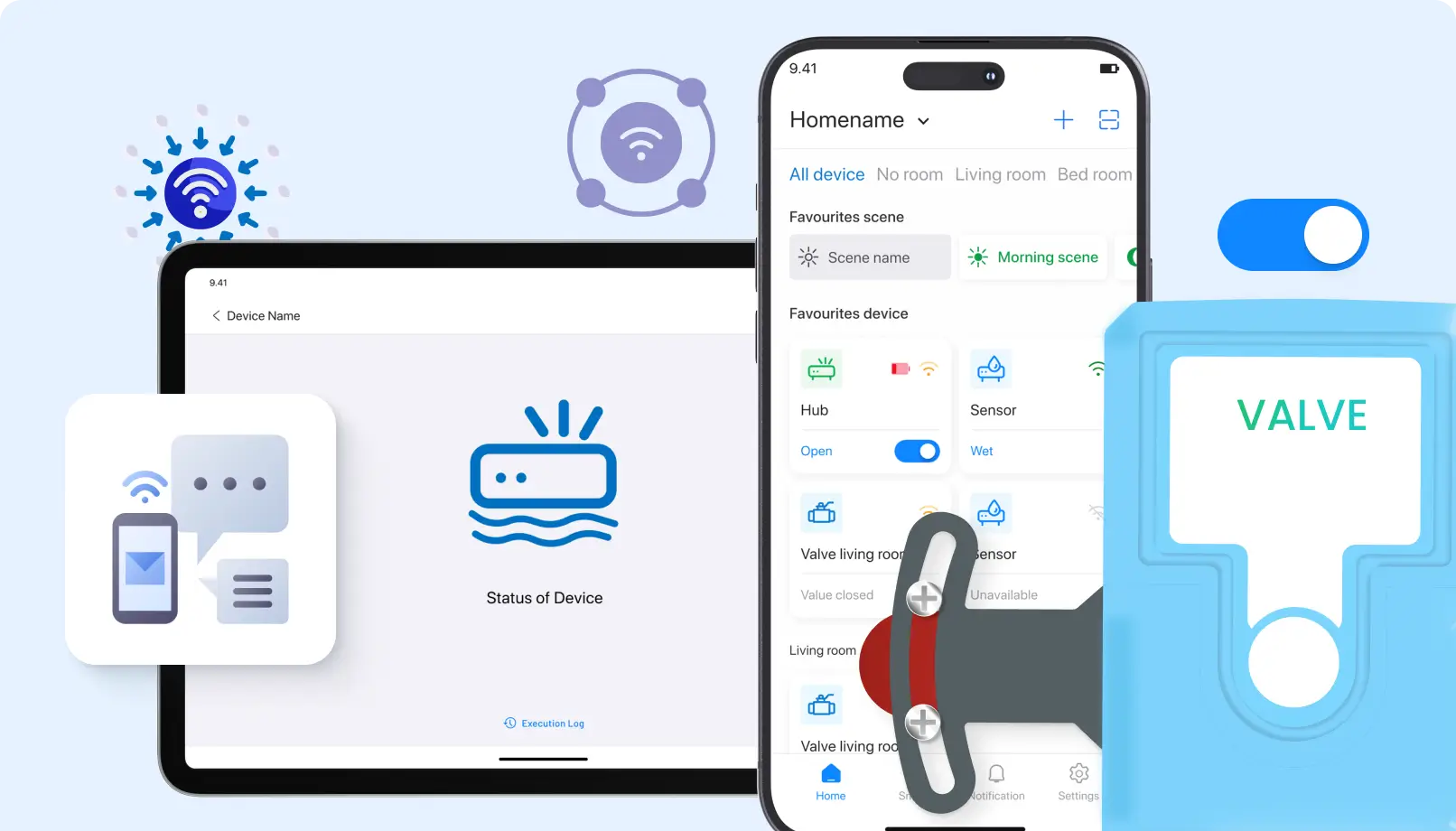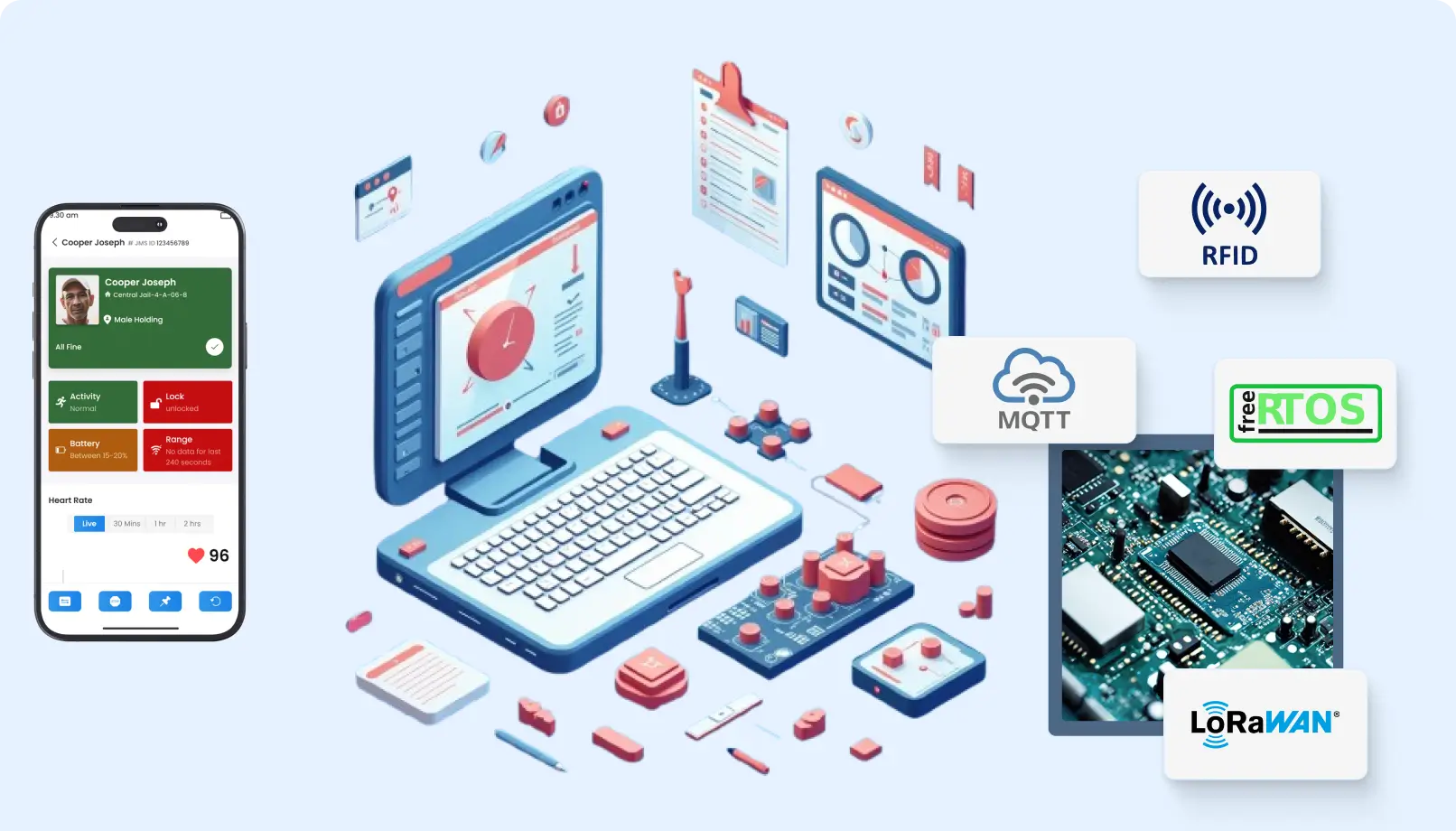Effective inventory management is a key business success factor for businesses operating in fast-paced industries, especially retail and manufacturing. Poor inventory management can lead to significant business process challenges, such as stockouts, overstock, misuse of warehousing space, and delayed production. To address these issues, many companies are embracing the Internet of Things (IoT), leveraging real-time data to optimize their inventory processes.
With IoT technology, businesses can acquire real-time data from sensors placed on shelves, pallets, or even on individual products. These sensors transmit data to a centralized IoT dashboard, where it is analyzed and presented, providing an integrated view of inventory levels, stock movement, and warehouse operations. This real-time insight enables companies to automate reordering processes, optimize warehouse layouts, track shipments, and enhance the overall visibility of supply chains.
This blog post discusses how IoT dashboards are transforming inventory management, incorporating real-world examples to illustrate practical applications.
How IoT Dashboards Improve Inventory Management
1. Real-Time Inventory Monitoring
One of the most critical features of IoT in inventory management is real-time stock tracking. Sensors installed on shelves, pallets, or products can provide instantaneous data on inventory levels at any given time, across multiple locations, whether it’s a single warehouse or several distribution centers.
Retail Chain Case Study: Optimize Your Stock Level
A major retail chain has sensors installed in numerous stores nationwide to track real-time sales data for popular products, including electronics, clothing, and household items. The data collected by these sensors is transmitted to the IoT dashboard, where inventory managers can easily monitor stores that are running low on stock.
When a specific store approaches the stockout threshold, the system alerts management to either order a transfer from another location or reorder that product. This capability helps the retail chain maintain optimal stock levels, avoid lost sales due to stockouts, and ensure that high-demand products are always available.
2. Automatic Reordering
IoT dashboards also enable automatic reordering. The system can be configured to reorder items at a predetermined level, eliminating the need for manual stock checks. This automation reduces the likelihood of human error and ensures that vital goods are always available.
Real World Use Case: E-commerce Company Automates Reorder Process
An e-commerce firm specializing in consumer electronics uses IoT-enabled sensors in its warehouses to monitor inventory levels of high-turnover products, such as smartphones and tablets. The IoT dashboard detects when stock levels fall below a critical threshold and automatically triggers a reorder request to the supplier.
For instance, if the available stock of smartphones dips below a set quantity, the IoT dashboard initiates a reorder, ensuring that the company never runs out of best-selling products and minimizes lost sales opportunities. This automation also helps prevent overstocking, which can tie up capital in unused products and consume valuable warehouse space.
3. Warehouse Optimization
IoT dashboards can track the movement of goods within warehouses, monitor space utilization, and identify bottlenecks in the supply chain. This functionality allows companies to optimize warehouse layouts for increased efficiency, smoother operations, and reduced retrieval times.
Real-World Use Case: Optimizing Warehouse Space for a Manufacturing Company
A manufacturing company producing automobile parts utilizes IoT sensors to track product movement in its warehouse. The IoT dashboard provides visibility into underutilized or overcrowded areas, enabling the company to redesign layouts for maximum efficiency.
For example, if frequently used parts are located far from the shipping area, the dashboard highlights this issue. By relocating high-demand parts to easily accessible locations, the company can significantly reduce picking and packing times, thereby accelerating fulfillment processes. Additionally, optimizing warehouse layouts based on real-time data allows for increased storage capacity without expanding physical facilities.
4. Supply Chain Visibility
IoT dashboards provide real-time tracking of shipments to suppliers, updating stock levels upon receipt and offering end-to-end visibility of the supply chain. This visibility equips companies with real-time information on inventory status, improving order scheduling and production planning.
Real-World Use Case: Improved Supplier Coordination in a Global Supply Chain
A global fashion retailer relies on numerous suppliers across various countries for manufacturing and shipping products. The retailer employs IoT sensors and GPS tracking devices on shipments to monitor the progress of goods from suppliers’ warehouses to its distribution centers.
The real-time location and status of each shipment displayed on the IoT dashboard allow the retailer to anticipate delays or supply chain issues. For example, if a shipment of shoes is delayed due to customs clearance, the dashboard alerts supply chain managers to take proactive measures, such as accelerating alternative shipments or adjusting stock levels at retail stores to avoid stockouts. This real-time visibility ensures minimal disruption in the flow of goods.
5. Demand Forecasting
IoT dashboards not only track current inventory levels but also analyze historical sales and inventory data to predict future demand. This capability enables companies to optimize stock levels, prevent overproduction, and better meet customer demand.
Real-world Use Case: Manage Overstock with Predictive Analytics
A grocery chain utilizes IoT sensors to monitor perishable items like fruits, vegetables, and dairy products. The IoT dashboard aggregates historical sales data with real-time inventory information to forecast future demand for these items.
For instance, in December, the dashboard predicts increased demand for milk, cheese, and eggs based on previous years’ sales trends. This insight allows the grocery chain to increase orders of these products to meet anticipated demand. Conversely, for seasonal items like strawberries, the dashboard recommends reducing orders to avoid overstocking. This predictive analytics approach helps minimize stockouts and reduce waste in perishables, thereby improving profitability and sustainability.
Conclusion
IoT dashboards have revolutionized inventory management by providing real-time visibility and control across every aspect of the supply chain. From real-time stock tracking to automatic reordering, warehouse optimization, enhanced supply chain visibility, and demand forecasting, businesses gain valuable data and insights to make informed decisions.
These real-world use cases demonstrate how IoT technology empowers companies to optimize processes, minimize waste, reduce costs, and enhance operations. As businesses adopt IoT into their models, inventory management will become increasingly data-driven and easier to execute, keeping companies competitive in a rapidly evolving marketplace.
